Laurie Wagman Recording Studios
The Laurie Wagman Recording Studios at UArts is a place where students and faculty can creatively thrive. Housed in the School of Music, these state-of-the-art studios live alongside brand new rehearsal, classroom, office, lab and production spaces.
The newly opened facilities are dedicated to exploring all facets of music production including composition, sound design, digital and analog recording, mixing and mastering. Students will gain the skills needed to pursue music industry jobs such as arrangers, audio technicians, composers, digital audio editors, instrument techs, producers, recording musicians, sound designers and studio managers.


University of the Arts recently celebrated the grand opening of the Laurie Wagman Recording Studios on the 11th floor of Terra Hall. On Wednesday evening, Nov. 13, School of Music faculty, staff, students, university administrators and honored guests gathered to dedicate the space to its benefactor, Trustee Laurie Wagman. The opening of these state-of-the-art recording studios marks the culmination of the School of Music relocation and renovation project, which started in June 2018 and also features brand new rehearsal, classroom, office, lab and production spaces.
The dedication celebration included remarks from UArts President and CEO David Yager, School of Music Dean Micah Jones BM ’97 (Jazz Performance) MM ’99 (Jazz Studies) and Laurie Wagman. Remarks were followed by a ribbon-cutting and performance by UArts’ Transfusion ensemble, a highly dynamic group that programs an eclectic mix of sounds and primarily performs newly commissioned works by current students, alumni and faculty.
“The studios are a transformational gift to our School of Music and MBET program, which is experiencing incredible growth,” said Yager upon the announcement of the gift. “Laurie Wagman is deeply connected to the students and programs at UArts through her commitment of time and financial support and her personal relationships with students.”
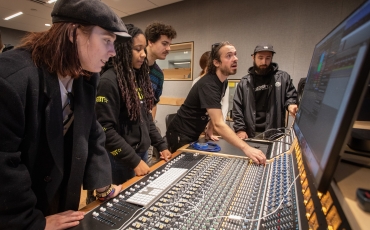
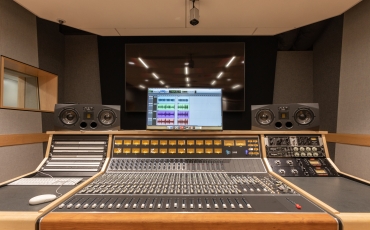
Both recording studios are equipped with state-of-the-art, 24-channel API consoles and Antelope interfaces. There is a surround sound system in Studio A, while Studio B has a pair of Adam reference monitors. Both studios have a number of outboard compressors, equalizers and other effects processors. Studio A will also function as a fully analog space equipped with a 16-track tape machine.
“These are some of the best spaces I have ever seen in an urban university setting,” says Dean Jones. “Now, we have an environment where our students’ creativity can thrive. I cannot express how grateful we are for Laurie Wagman’s unwavering support of the school and where it is heading. Likewise, to our president, who has not only encouraged us to reimagine our campus, but has taken action to make those dreams a reality.”
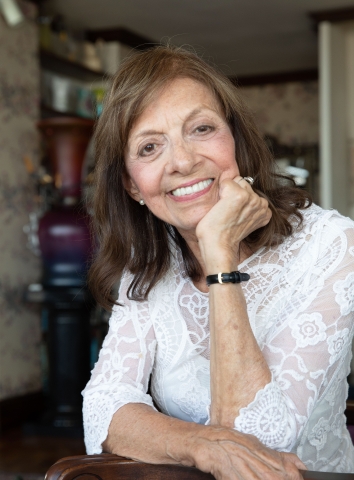
Wagman’s generosity also helped create Laurie Wagman Presents, an MBET concert series managed and promoted by the program’s students, including Out of the Box, a series which promotes experimental, electronic and improvised music, mostly composed by MBET students and often featuring guest artists working at the fringes of their disciplines.
Wagman’s philanthropic focus is in the arts, education and social services, and she has been the recipient of numerous awards for her dedication to young people. She is the founder and president of American Theater Arts for Youth lnc. and American Family Theater. Under her four-decade leadership, the two organizations have presented professional, original musical productions to more than 32 million students throughout the U.S. In addition to University of the Arts, Wagman also serves on the boards of the Kimmel Center for the Performing Arts, the National Children’s Theater Alliance and the Philadelphia Chamber Music Society.
Learn more about about Uniquely UArts, the campaign for creative capital.

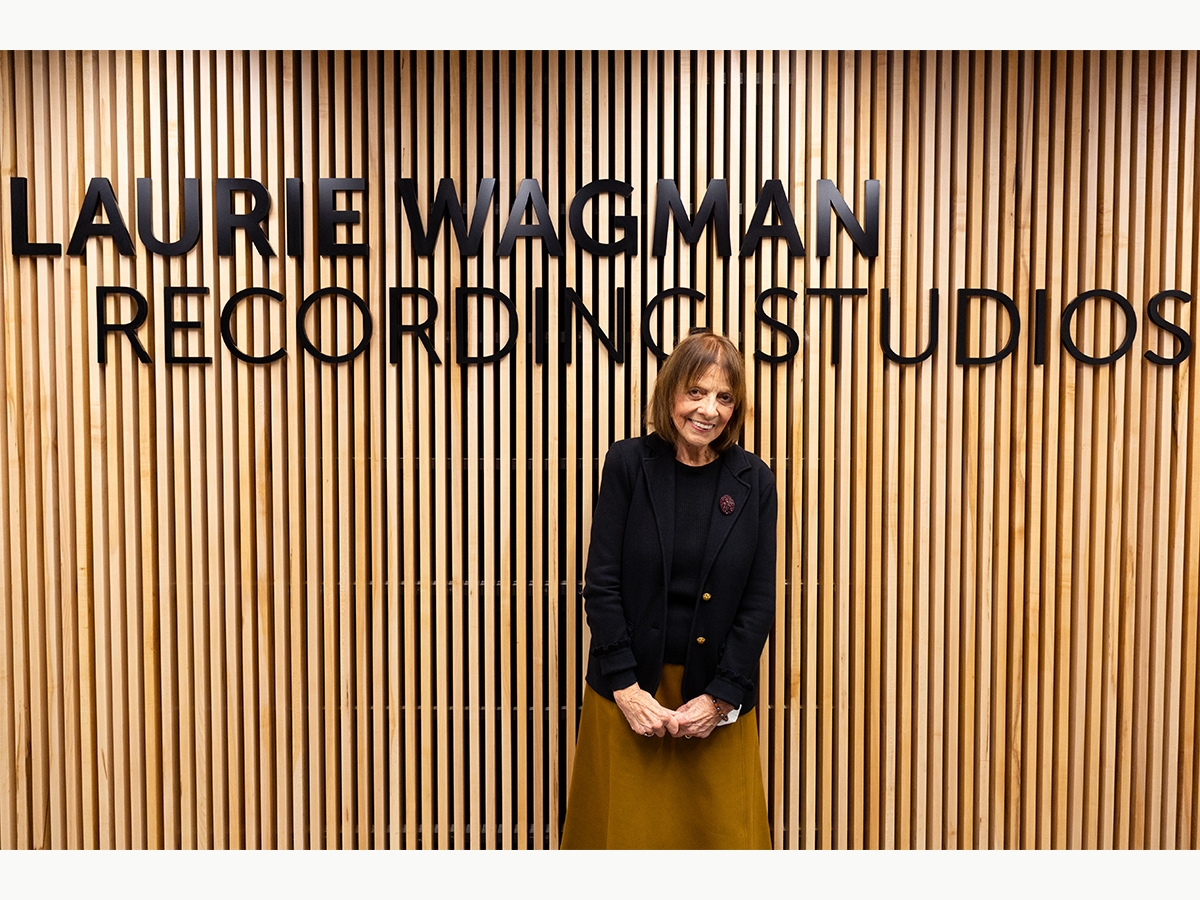
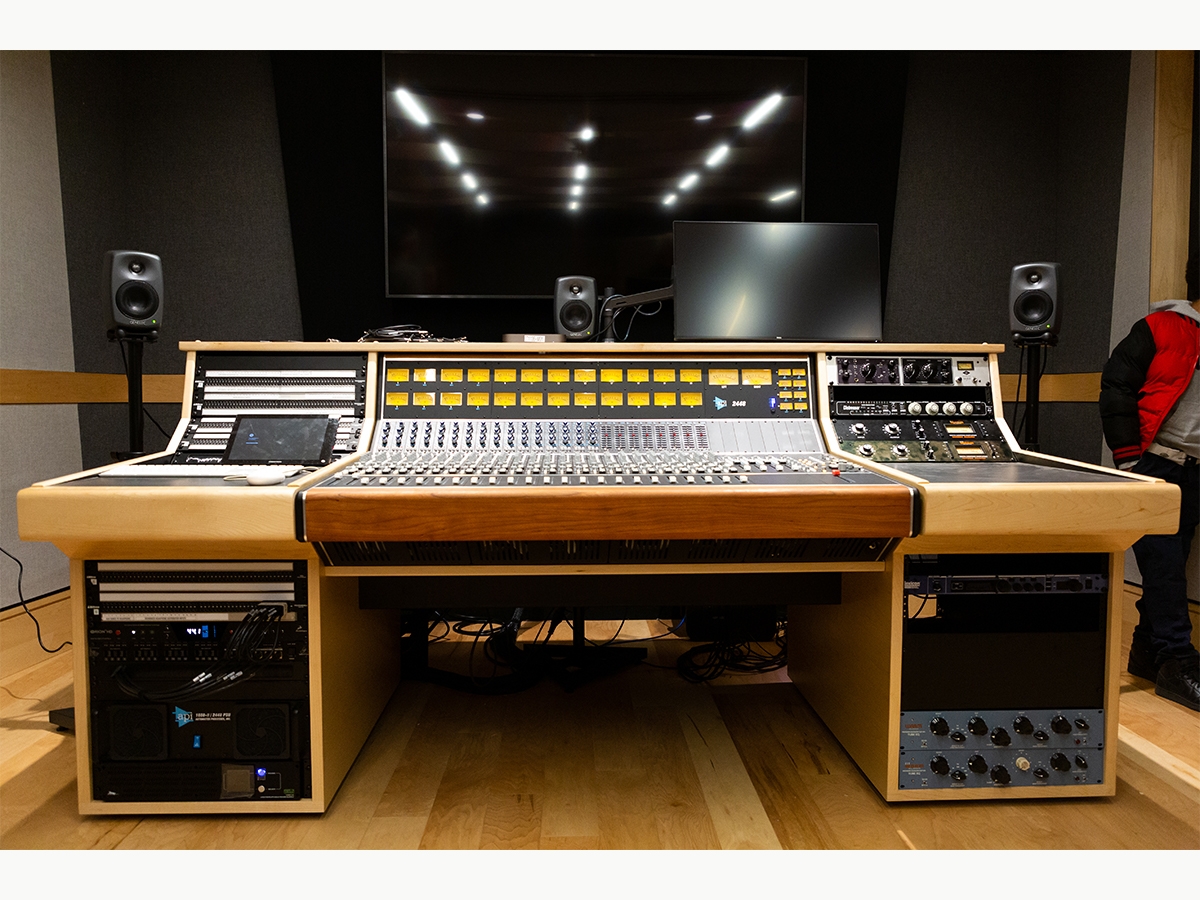
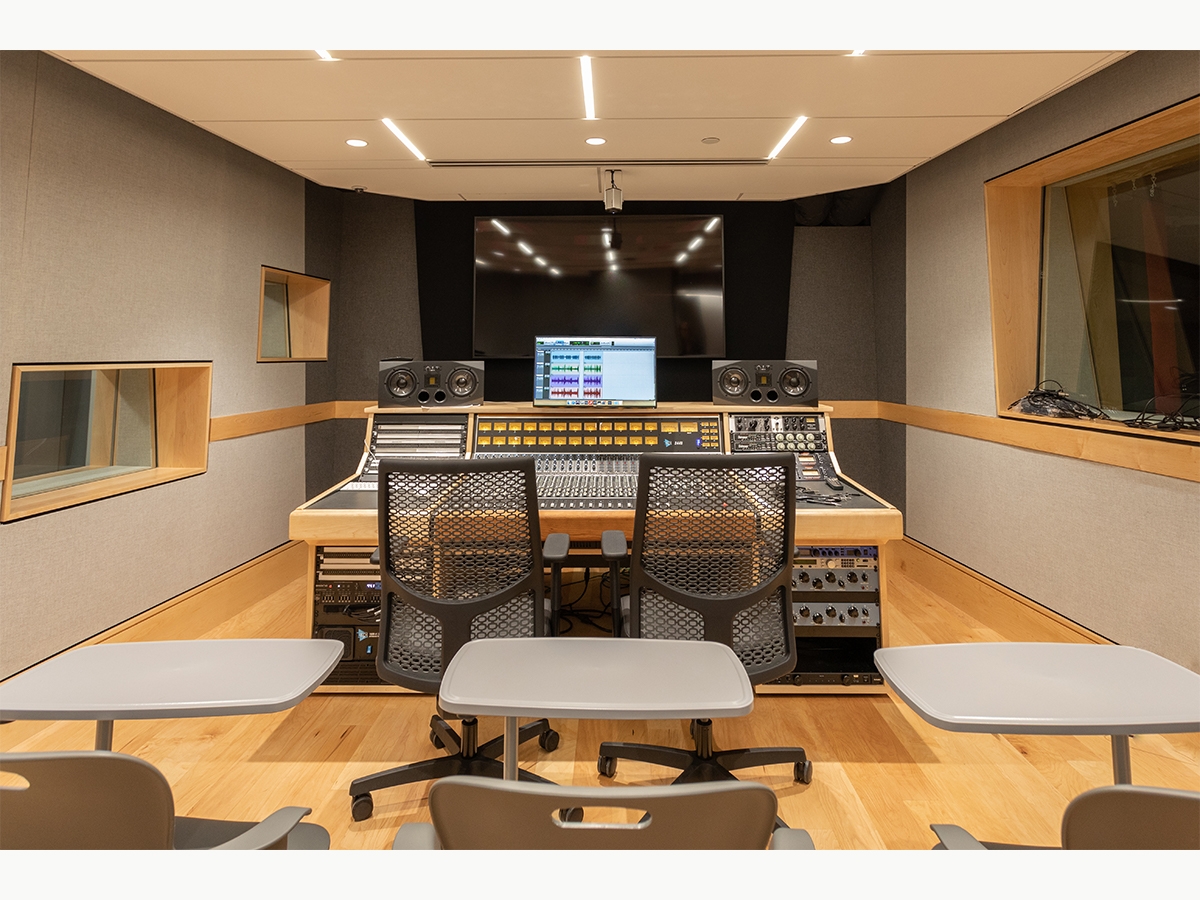
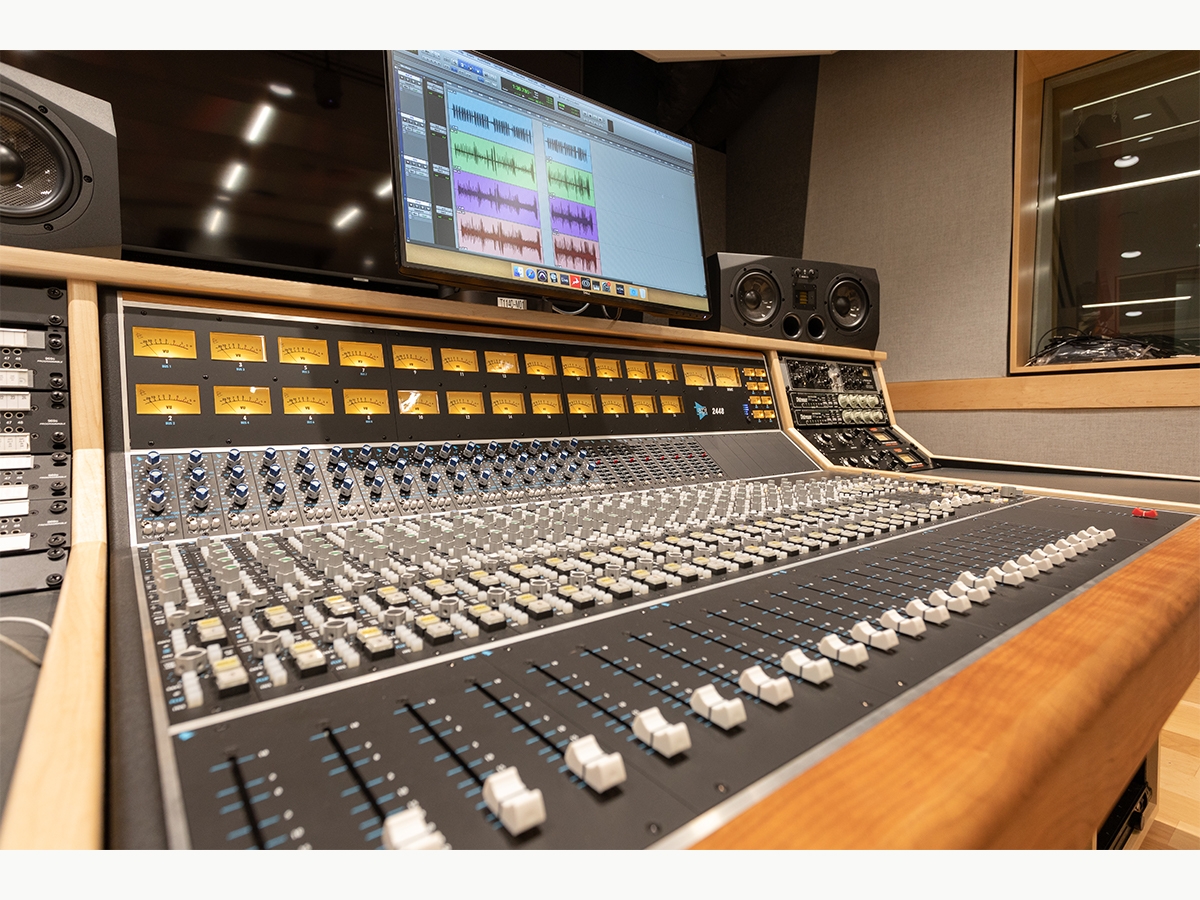
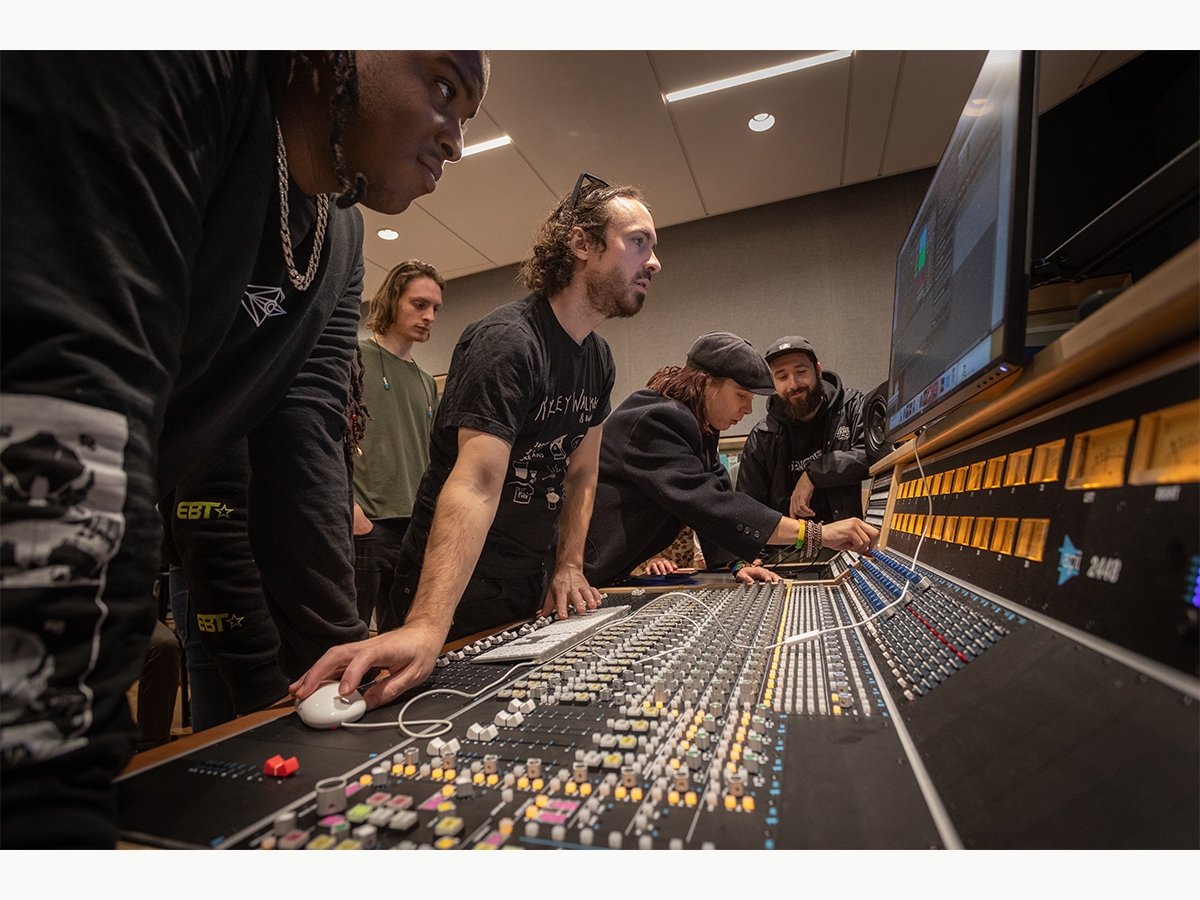
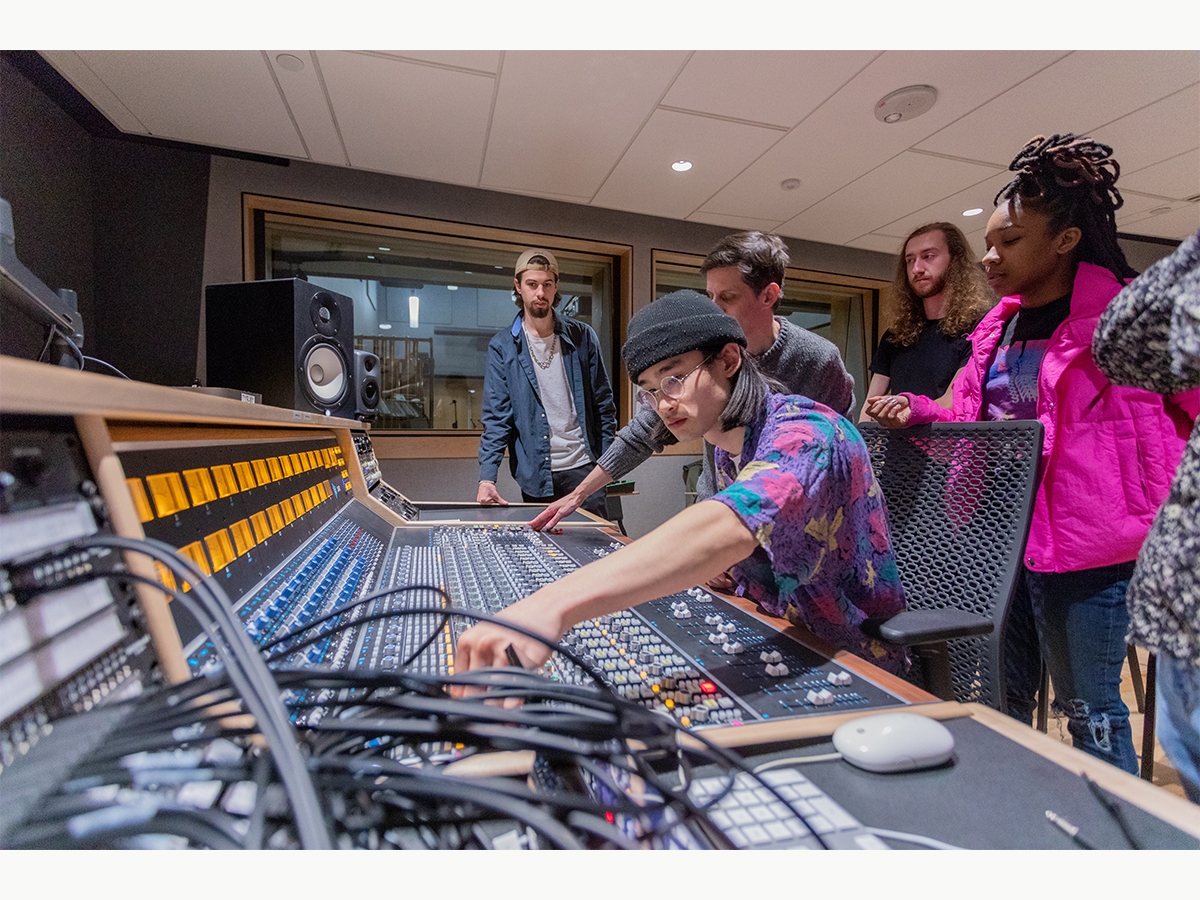
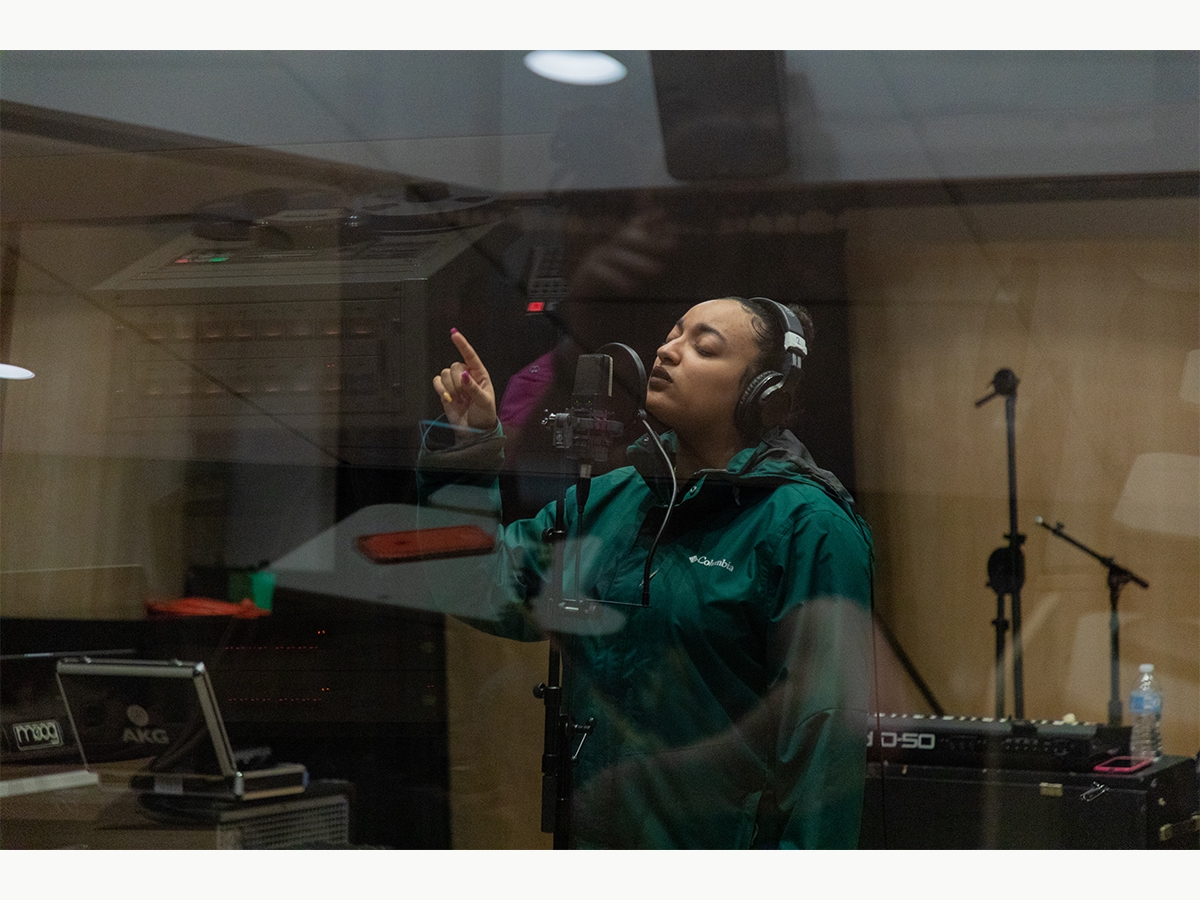
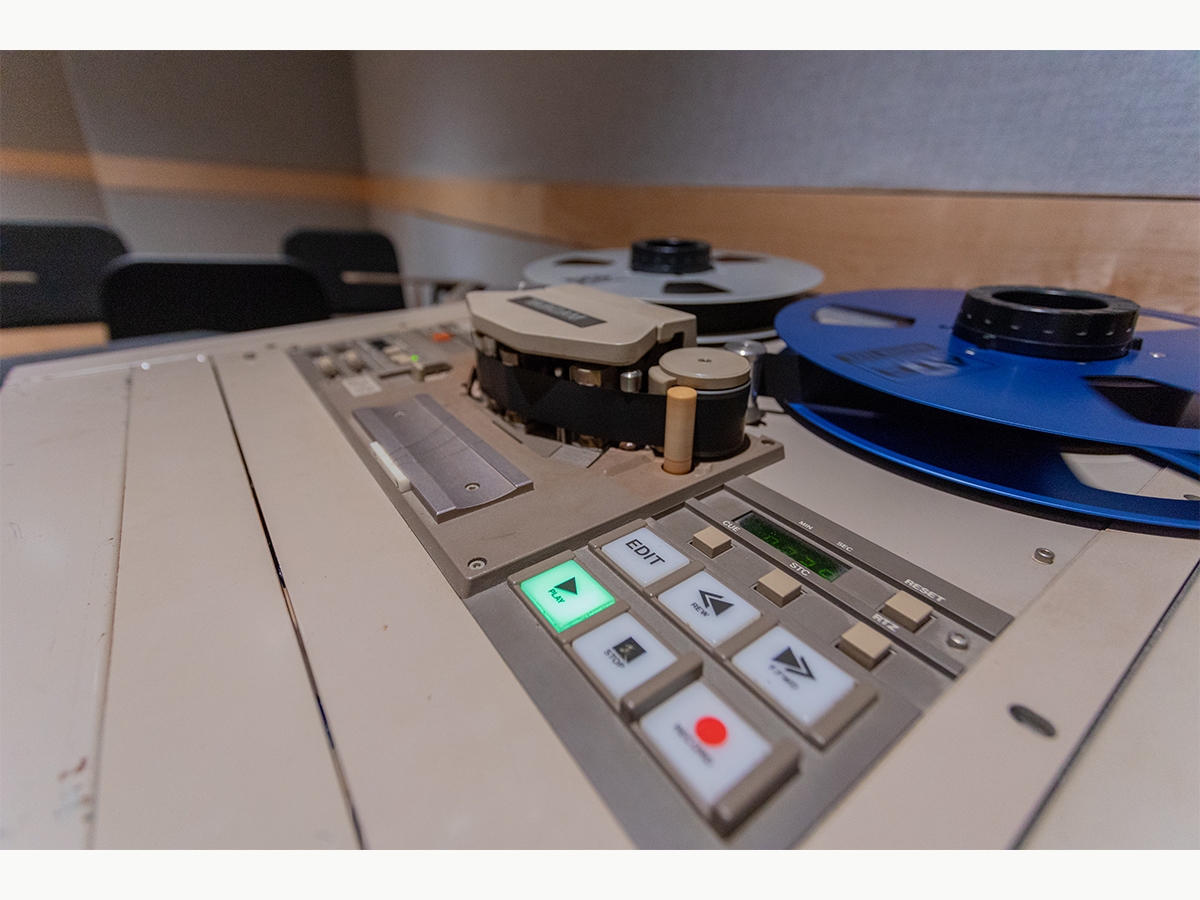
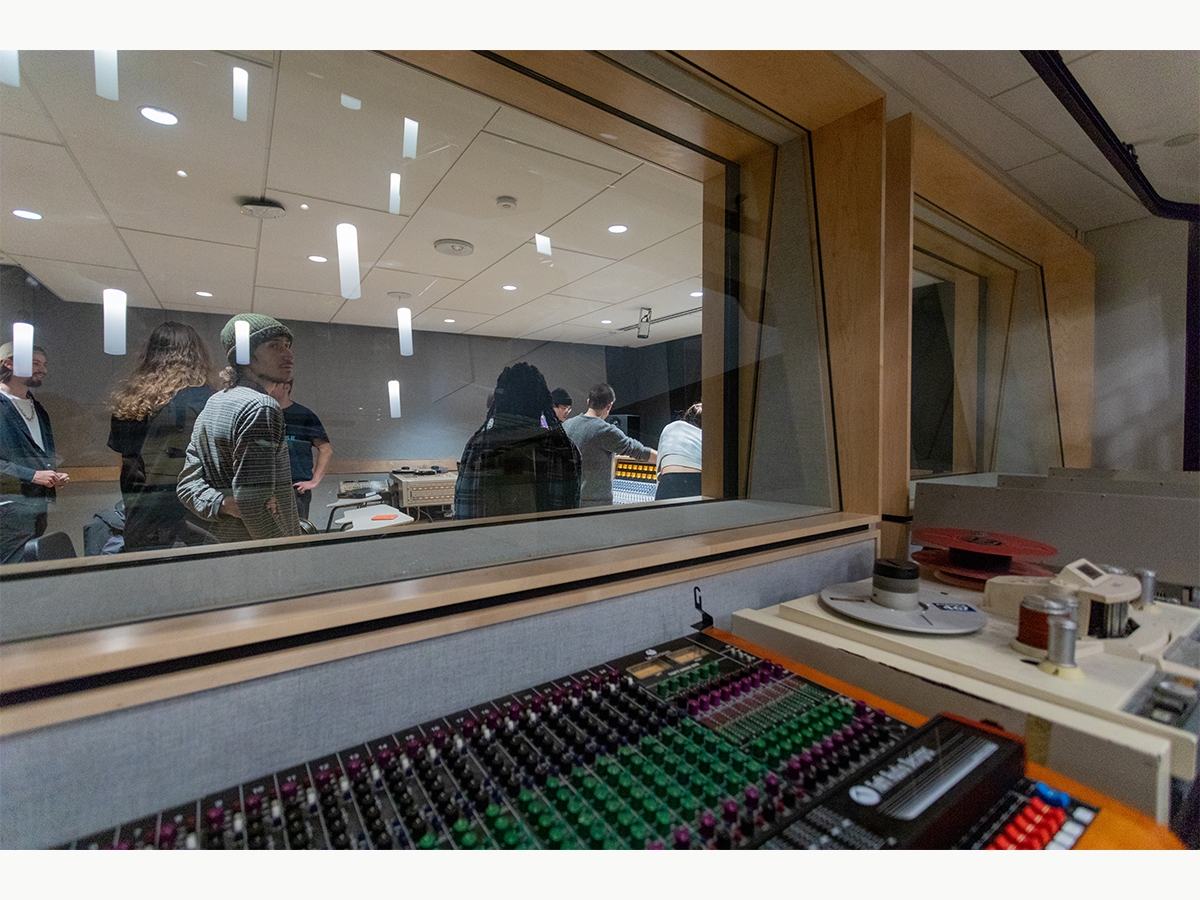
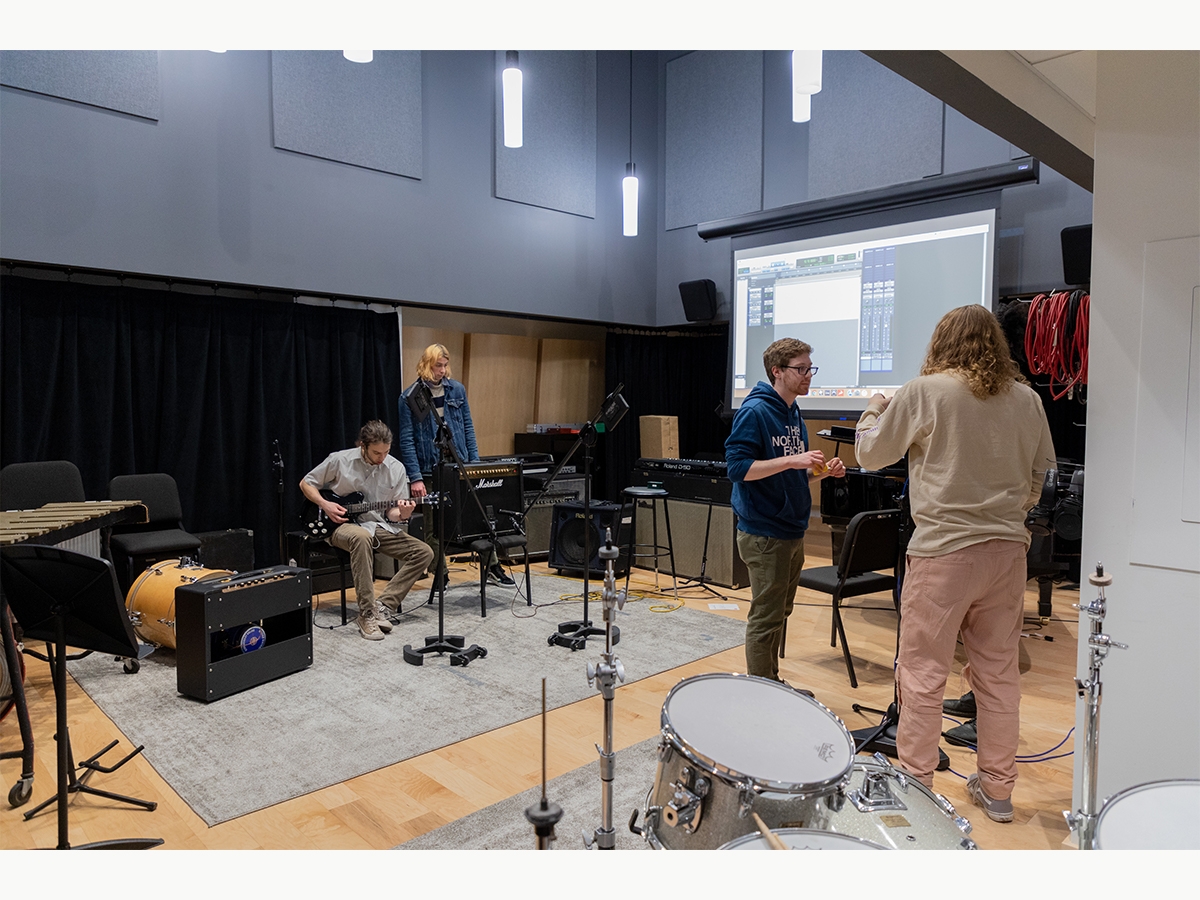
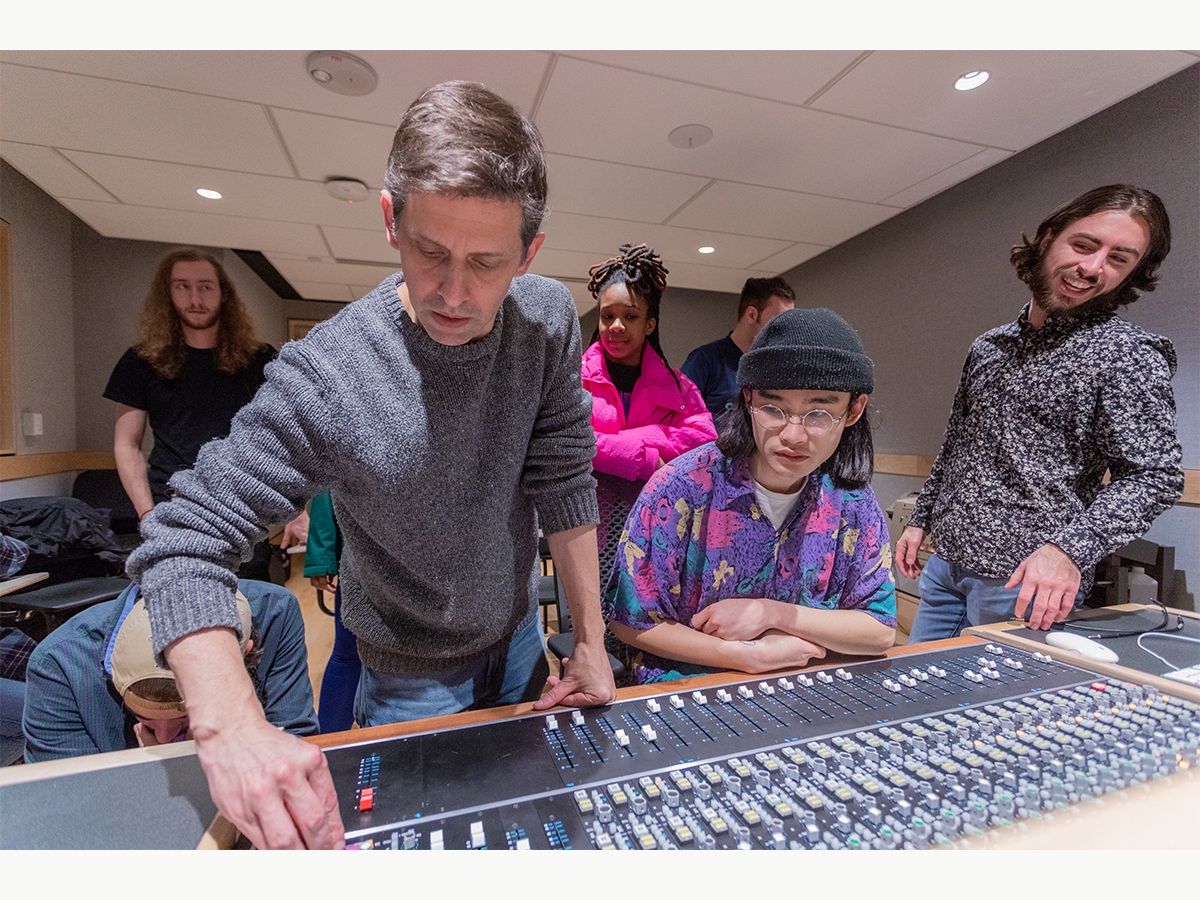
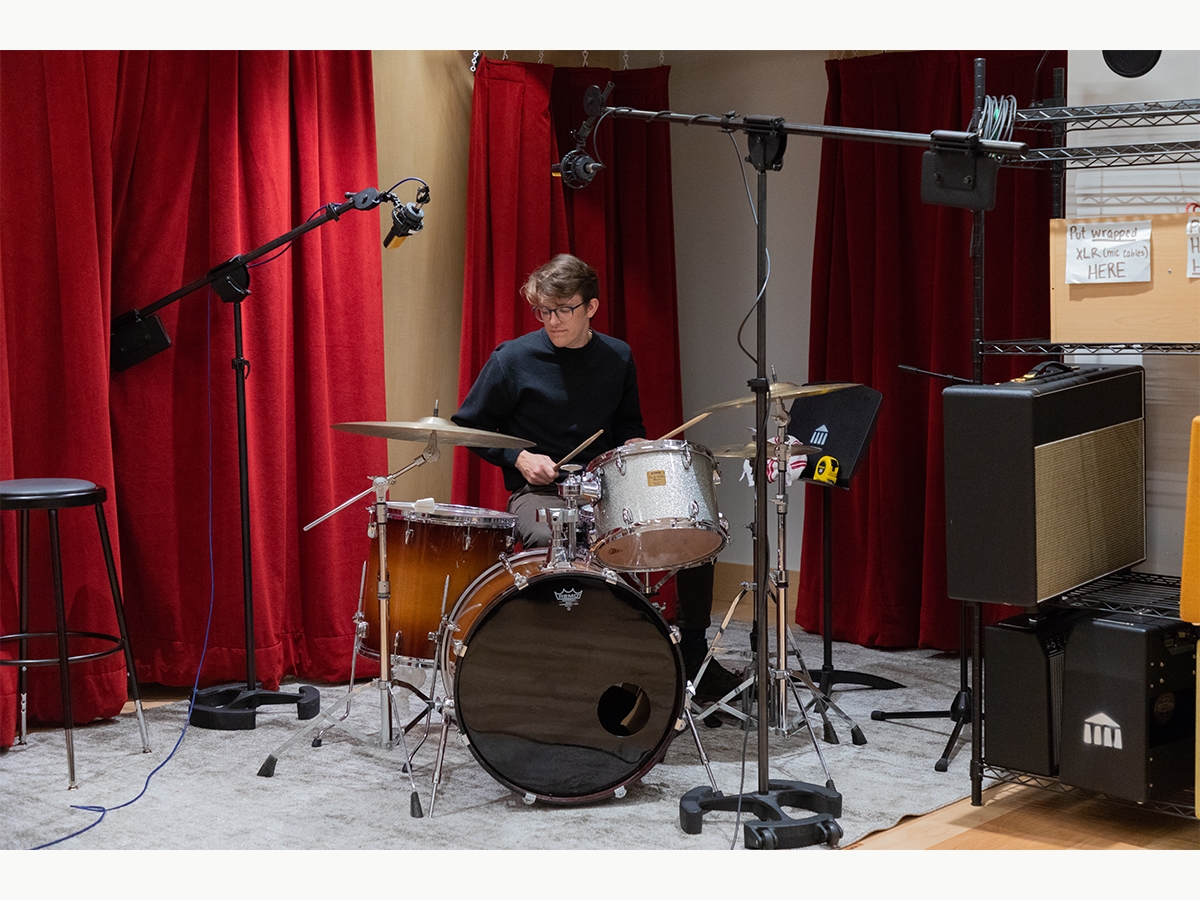
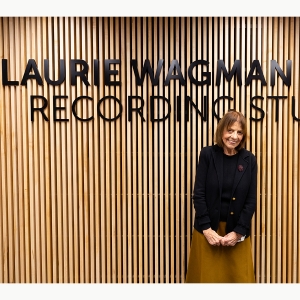
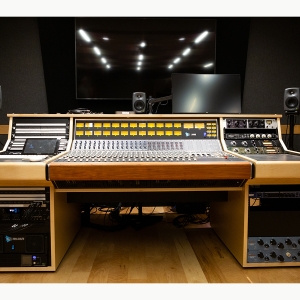
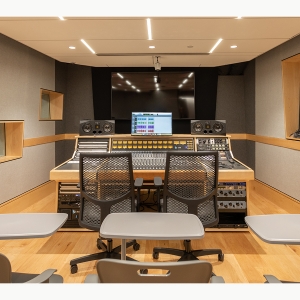
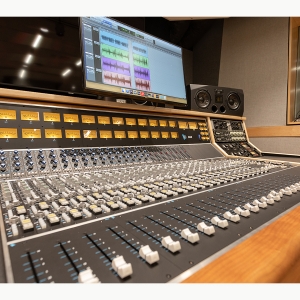
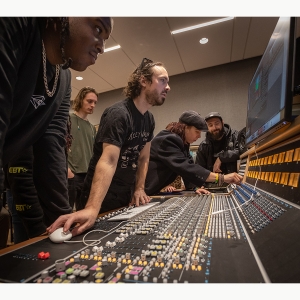
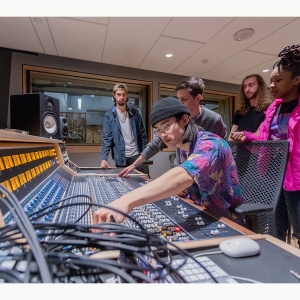
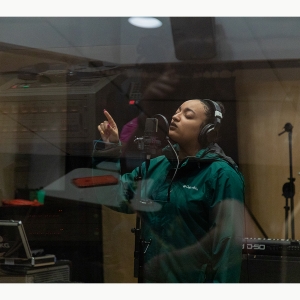
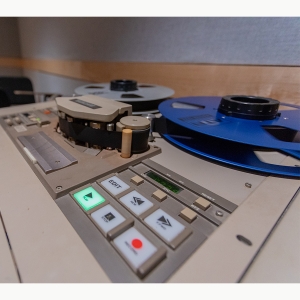
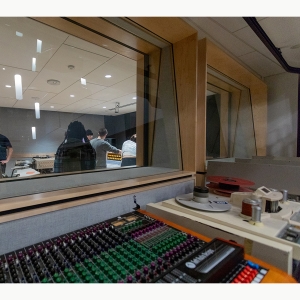
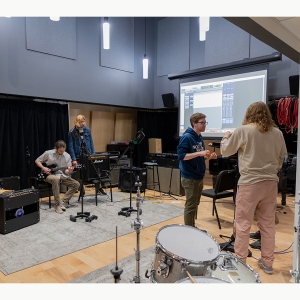
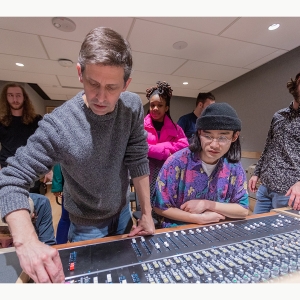
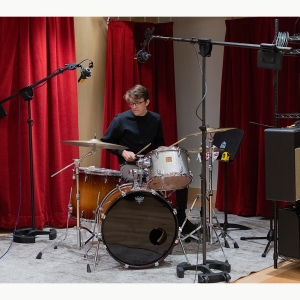
Two recording studios are equipped with state-of-the-art, 24-channel API consoles and Antelope interfaces. There is a surround sound system in Studio A, while Studio B has a pair of Adam reference monitors. Both studios have a number of outboard compressors, equalizers and other effects processors. Studio A will also function as a fully analog space equipped with a 16-track tape machine.
Courses
Courses in the Laurie Wagman Recording Studios are primarily offered through the School of Music with some available through the School of Film. Classes may require prerequisites and may give priority to certain majors within the School of Music or School of Film. Visit the course catalogue for more information.
Advanced Microphone Techniques
Instructor: Alexander Santilli
1.5 credits
This is hands-on, skill-building course that explores advanced recording techniques in a studio environment. Students will explore advanced concepts pertaining to the acoustics of common instruments and how microphone choice, positioning and function can aid in attaining professional sound quality. Class projects, lectures and labs will be used to aid students in demonstrating proficiency with microphone technique.
Advanced Recording Forum
Instructor: Tom Spiker
1.5 credits
Advanced Recording Forum invites students to analyze a recording project from its inception through to completion. It looks at the recording process from the producer’s point of view. The course offers insights into how to find clarity in simplicity, while also looking at why creativity can work against that goal. Students will explore ideas of production through orchestration and develop techniques that satisfy both the music consumer and the producer’s own creative impulses.
Analog Recording Workshop 2
Instructor: Brian McTear
2 credits
This course covers topics and studies of current interest in music technology and applications, such as trends in audio production, digital distribution, licensing, live sound reinforcement, recording and web/interface design. Courses can be taught in lecture or studio format with contact hours varying accordingly.
Binaural Recording
Instructor: JohnPaul Beattie
1.5 credits
Binaural recording captures sound in 3-D, giving the listener the sense of "being there" and hearing where sound is coming from. Through practical projects and class labs, students will explore and create using a cutting edge recording technique.
Cinematography
Instructors: Michael Attie and Byron Karabatsos
3 credits
This course offers an introduction to the basic principles of cinematography in film and video: lighting, exposure, composition and color theory. Students learn to shoot and edit 16mm film; to perform timing, staging and blocking exercises in order to develop a feel for direction; and to explore strategies for using camera movement. The course will also deal with basic sound recording protocols.
Producer's Workshop
Instructor: Tom Spiker
1.5 credits
Producer's Workshop will focus on varying aspects of audio production, including genre-specifics, post-production techniques, mixing philosophy, instrument recording and the fundamentals of audio processing.
Recording I
Instructors: Jacob Folk and Michael Johnson
2 credits
Recording I is a study of the recording process and the many facets of the recording studio. This course is designed to familiarize the student with conventional and creative recording techniques through practical experience in the studio.
Recording II
Instructor: Michael Johnson
2 credits
Recording II is a study of the recording process and the many facets of the recording studio. This course is designed to familiarize the student with conventional and creative recording techniques through practical experience in the studio.
Small Jazz Ensemble: Studio One
Instructor: Tom Spiker
1 credit
Small jazz ensembles range in size and style, as well as the type of literature performed. Ensembles rehearse weekly, culminating in an end of the semester performance. They may record live in the performance hall or in the recording studios. Many groups perform at regional high schools or notable events such as the Jazz Appreciation Month at Philadelphia City Hall, the Key of She Festival, the Philadelphia Jazz Summit and the Washington Women in Jazz Festival.
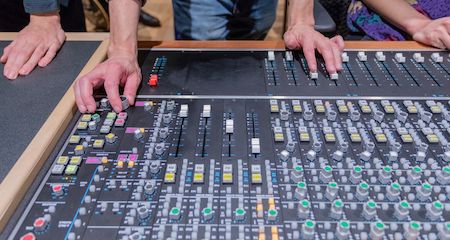
Sound Design
Instructor: Jennifer Zaylea
3 credits
Sound Design introduces the theory and practice of sound editing and design for motion pictures. Through weekly screenings, selected readings and analytical assignments, students learn the historical and aesthetic development of film sound. Using nonlinear sound-editing software, students complete exercises in the creative practice of post-production sound acquisition, editing and mixing for various media.
Facilities
Both recording studios are equipped with state-of-the-art, 24-channel API consoles and Antelope interfaces. There is a surround sound system in Studio A, while Studio B has a pair of Adam reference monitors. Both studios have a number of outboard compressors, equalizers and other effects processors. Studio A will also function as a fully analog space equipped with a 16-track tape machine.
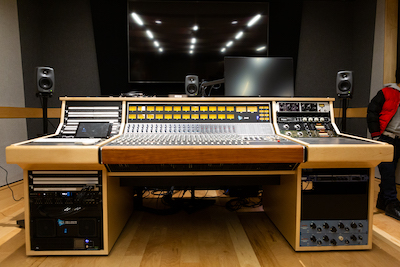
Studio A
- 16-track, 1-inch tape machine
- Antelope Orion 32+ converters
- API 2448 console
- Genelec 5.1 surround sound system
- a variety of outboard gear including
- 1176-style compressors
- EL8 distressors
- Eventide Eclipse
- Pultec-style EQ
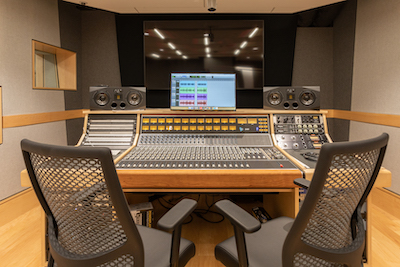
Studio B
- Adam A77X nearfield monitors
- Antelope Orion 32+ converters
- API 2448 console
- a variety of outboard gear including
- 1176-style compressors
- EL8 distressors
- Eventide Eclipse
- Pultec-style EQ

